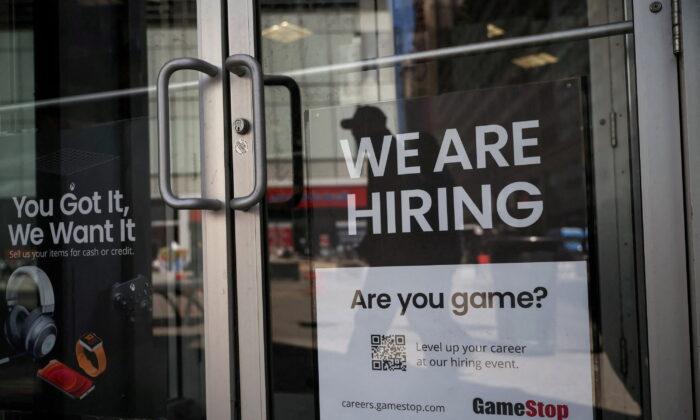Labor productivity fell during the first quarter this year while labor costs rose, posing a challenge to the Federal Reserve as it raises interest rates in an attempt to control persistent, decades-high inflation.
“Unit labor costs in the nonfarm business sector increased 6.3 percent in the first quarter of 2023, reflecting a 3.4 percent increase in hourly compensation and a 2.7 percent decrease in productivity. Unit labor costs increased 5.8 percent over the last four quarters.”
In the manufacturing sector, labor productivity fell by 1.3 percent in first quarter 2023 while unit labor costs rose 3.4 percent during this period.
On Wednesday, the central bank raised its benchmark interest rate by another 25 basis points, pushing it into a range of 5.0–5.25 percent. Since March 2022, the Fed has raised interest rates by 500 basis points. The Fed also indicated that it might pause policy tightening.
However, higher labor costs likely will encourage the Federal Reserve to continue with its policy of hiking interest rates. Faster wage gains pose a problem for the Fed.
Raising Rates, Low Productivity Rate
Last month, James Bullard, president of the Federal Reserve Bank of St. Louis, suggested that the Federal Reserve should keep raising interest rates as long as the labor markets remain strong.“We’ve got a long ways to go, and I think inflation is going to be sticky going forward. It’s going to be difficult to get inflation back down to the 2 percent target … so we are going to have to stay at it in order to apply pressure to make sure inflation gets back down,” he said.
Meanwhile, the May 4 BLS report notes that while the manufacturing sector output and hours worked both grew at an annual rate of 0.3 percent since the fourth quarter of 2019, labor productivity has had “no growth since the start of the business cycle.”
Job Losses
While labor productivity dips and the Fed continues to push up rates, job losses are accelerating. According to a May 4 report by Challenger, Gray, & Christmas, U.S.-based employers announced 66,995 job cuts in April 2023, which is a 176 percent increase from April 2022.This is the fourth consecutive month this year that job cuts were higher than the corresponding month a year earlier. In the first four months of 2023, employers have already announced 337,411 layoffs, which is up 332 percent from the same period last year.
The retail industry accounted for the highest job cuts in April, announcing 14,689 layoffs. This was followed by the tech sector with 11,553 job reductions and the health care/products sector with 6,184 cuts.
According to the report’s worst-case scenario, which involves the United States failing to raise its borrowing levels for over three months, around 8.3 million jobs could end up being wiped out, with the unemployment rate rising to 5 percent.





